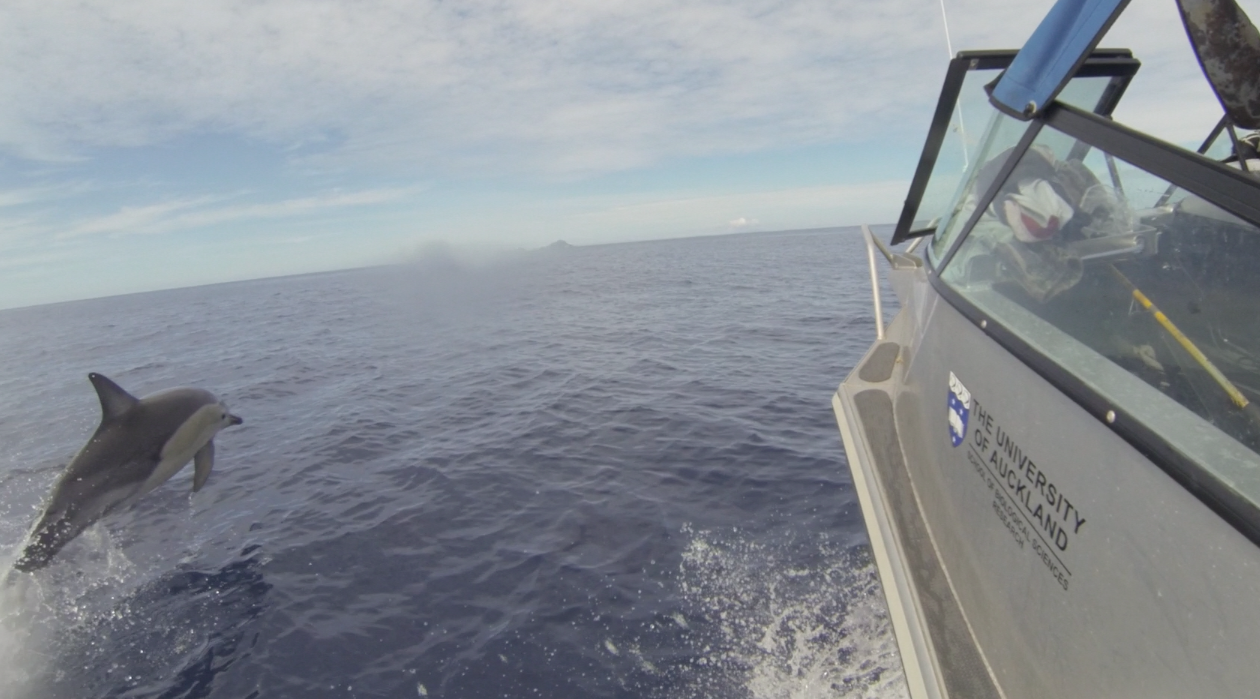KEY QUESTIONS
- What are the data from single gun/clusters, which are required to validate propagation models?

Summary
Seismic air gun source modeling packages are predominantly focused on frequencies below 1000 Hz. The project goal was to conduct measurements of airguns and typical airgun cluster signatures up to 50 kHz for further development of the theoretical model of the seismic source, particularly at higher frequencies. These are the frequencies which are commonly associated with the potential impacts on behaviour and hearing capabilities of marine mammals. Single gun and cluster signatures for airguns with frequencies up to at least 50 kHz have been acquired as calibration data for this modeling.
Measurements were done in the near-field, mid-field and far-field using 19 hydrophones and 1 accelerometer. In addition, velocity sensor measurements were made in some parts of the dataset to measure particle motion in the near field. Seventy-three combinations of gun type and volume were measured, including G guns and gun clusters, Bolt guns and gun clusters, sleeve guns and gun clusters, and GI guns. Each combination was measured at a range of depths and pressures to obtain the most comprehensive airgun output measurements ever made.
Objectives and methods
- Conduct near-field and far-field measurements of single airgun signatures up to 50 kHz.
- Ensure data quality with extensive quality assessment and quality control procedures.
- Test upgraded airgun modeling codes.
Importance
These air gun measurements will enable air gun modeling code developers to extend the capabilities and accuracy of current air gun modeling codes to higher frequencies. More accurate predictions of the sound characteristics (broadband) likely to be encountered by marine life estimates in various marine habitats (shallow water, submarine canyons, etc.) during seismic operations improves the accuracy of industry sound exposure estimates leading to more scientifically robust risk assessments and mitigation strategies.
Links to other research
This work links directly with the Programme’s 3-D Source Characterisation study.
Institutions/PIs
PGS Geophysical AS, Norway (Anders Mattsson)